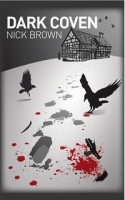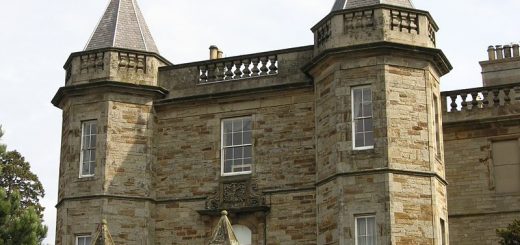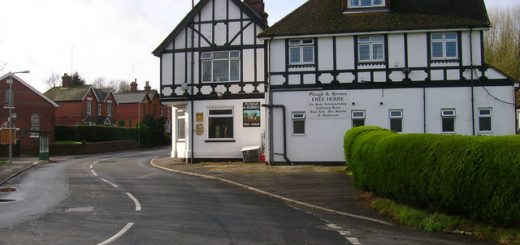Dinton Castle
In 2012 the folly known as Dinton Castle was sold at auction and some newspapers (including the Daily Mail and Bucks Herald) ran stories regarding the sale. They also mentioned though that it was reputedly haunted by a John Mayne, the Hermit of Dinton and executioner of King Charles I (Born 19 November 1600 – Beheaded 30 January 1649).
The octagonal Dinton Castle is a Grade II listed building dating from 1769 and was built by Sir John Vanhattem (Died 1787) of Dinton Hall to house his fossil collection. According to ‘A History of the County of Buckingham: Volume 2’ (1908) it is described as ‘ridiculous’ and ‘of no importance’ but it does go on to say that ‘it stands on a Saxon burial mound from which a number of valuable objects have been dug out.’
 I do not know when the story of the folly being haunted by a John Mayne first appeared, though I am unsure whether they have the names correct or not. The Dinton Hermit was a man called John Bigg (born 1629) a former clerk of Simon Mayne and possibly Sir Richard Ingoldsby.
I do not know when the story of the folly being haunted by a John Mayne first appeared, though I am unsure whether they have the names correct or not. The Dinton Hermit was a man called John Bigg (born 1629) a former clerk of Simon Mayne and possibly Sir Richard Ingoldsby.
Simon Mayne (Born 1621 – Died 1661) was born at Dinton Hall and was Member of Parliament for Aylesbury. He was a regicide, one of the 59 Commissioners who sat in judgement at the trial of King Charles I. He signed the King’s death warrant, though this was apparently done reluctantly. He retired from public office during the Commonwealth years and following the restoration of King Charles II he surrendered. He was sentenced to death after being found guilty of High Treason (October 1660) but died a prisoner in the Tower of London in April 1661.
Sir Richard Ingoldsby (Born 1617 – Died 1685) of Waldridge manor in Dinton was also a regicide, claiming his signature on the death warrant was forced Oliver Cromwell, to whom he was related. Ingoldsby did not attend the trial. Ingoldsby was pardoned by King Charles II following the Restoration of the monarchy. Prior to his pardon and keen to gain favour, Colonel Ingoldsby and his regiment had on 22 April 1660 confronted the small rebel force of John Lambert near Daventry and took him prisoner.
 It is thought that John Bigg could have been one of the five masked executioners on the scaffold when King Charles I was killed. It is possible that Oliver Cromwell had met him previously as he had visited Dinton Hall, where Bigg worked on several occasions and also after the Battle of Naseby. Though an educated man, following the Restoration he became known as the Dinton Hermit and took to living in a cave near where the folly would eventually be built. He died in 1496 after 36 years as a recluse. He is buried in the local church.
It is thought that John Bigg could have been one of the five masked executioners on the scaffold when King Charles I was killed. It is possible that Oliver Cromwell had met him previously as he had visited Dinton Hall, where Bigg worked on several occasions and also after the Battle of Naseby. Though an educated man, following the Restoration he became known as the Dinton Hermit and took to living in a cave near where the folly would eventually be built. He died in 1496 after 36 years as a recluse. He is buried in the local church.
I do not know whether there have been any haunt like experiences at Dinton Castle or whether it could be haunted by someone who died long before it was built and lived underground in a cave somewhere in the grounds of Dinton Hall.




Re: Dinton Castle
A shoe belonging to John Bigg can be seen on display at the Ashmolean Museum in Oxford.